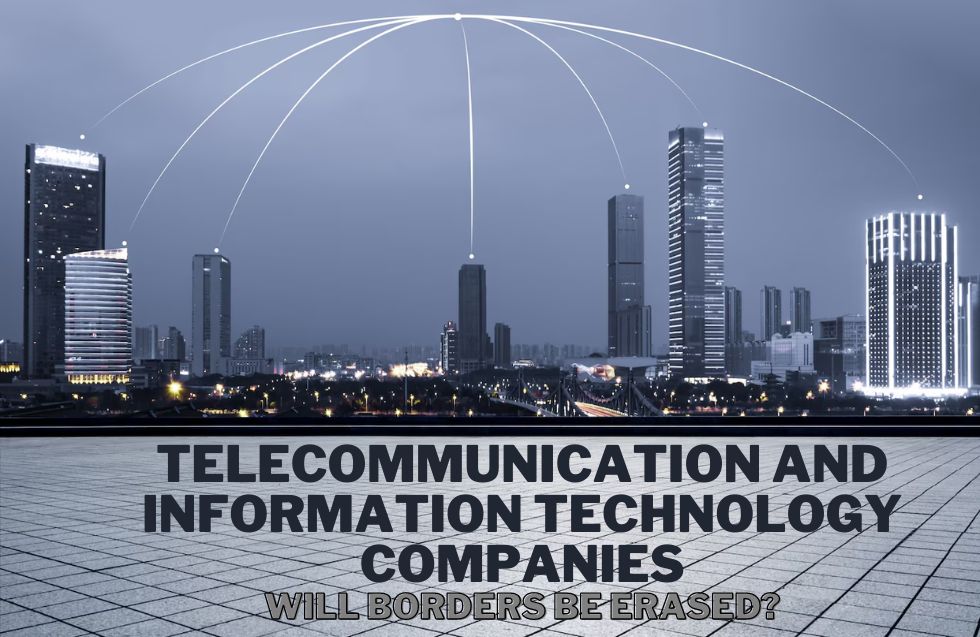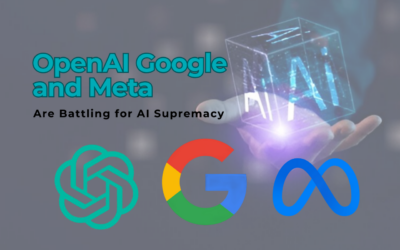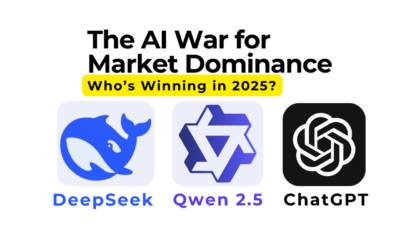The lines between telecommunication and information technology (IT) companies have been blurring for years, driven by rapid technological advances, shifts in consumer demand, and market globalization. As industries increasingly rely on data connectivity and digital transformation, the question arises: Will the borders between telecommunication companies and IT companies be erased entirely?
In this blog, we’ll explore the convergence of these two sectors, the factors pushing this trend, and what the future may hold.
The Convergence of Telecommunication and IT
Historically, telecom companies focused on providing voice, data, and internet services, while IT companies specialized in computer systems technology, software, and solutions for computing infrastructure. However, the evolution of digital technologies, such as cloud computing, 5G, IoT (Internet of Things), and AI, has brought these industries closer together.
- Telecom companies now offer IT solutions: Major telecom service providers like AT&T and BT (British Telecom) have expanded their portfolios to include cloud computing, managed telecom services, and enterprise IT solutions. They no longer simply provide communication networks but now manage IT infrastructure and data storage solutions.
- IT companies are entering the telecom space: On the other hand, IT giants like Google, Microsoft, and Amazon have entered the telecommunication space by developing their global data networks, cloud platforms, and even telecom services. For example, Google Fiber offers high-speed internet services, and Microsoft Azure provides edge computing solutions, competing directly with traditional telecommunication service providers.
This overlap has created an environment where it is increasingly difficult to distinguish between the core services of these two sectors.
Factors Driving the Convergence
Several key trends and technologies are driving the integration of telecommunication and IT companies:
- 5G and Edge Computing
The rollout of 5G networks is a game-changer for both sectors. The ultra-fast speeds and low latency offered by 5G make it possible to run cloud applications, IoT devices, and AI-driven solutions at the edge of the network. This requires a deep integration between network infrastructure (telecom) and data processing systems (IT). Telecom companies must work with IT companies to handle the increased data loads and deploy edge computing solutions that enable real-time data processing. - Cloud and Data Services
As more businesses move their operations to the cloud, telecommunication companies are expanding their services to include data management and IT infrastructure solutions. At the same time, cloud providers such as AWS (Amazon Web Services) and Google Cloud rely on telecom networks to deliver their services globally. This symbiotic relationship is creating a merger of capabilities between the two sectors. - IoT and Smart Technologies
The rise of smart cities, connected devices, and the Internet of Things (IoT) requires seamless communication between hardware (devices), software (data processing), and connectivity (networks). Both IT and telecom companies are working together to build the infrastructure for these innovations. Telecommunication service providers are becoming integral to IoT solutions, while IT companies focus on building platforms to manage and analyze the data generated by IoT devices. - Artificial Intelligence (AI) and Automation
AI is playing a transformative role in automating network operations, optimizing service delivery, and improving customer experience. For example, telecommunication companies use AI to manage network traffic and predict system failures, while IT firms use AI to automate business processes and analyze vast amounts of data. The application of AI across both industries further merges their capabilities, creating integrated service offerings.
The Future of Telecommunication and IT: A Unified Sector?
As telecommunication and IT companies continue to converge, the question remains: Will we see a complete erasure of the borders between these two sectors?
The answer likely lies in co-evolution rather than total integration. While the sectors will become more interconnected, each will still retain some core differences:
- Telecommunication companies will continue to manage the physical infrastructure of communication networks—such as 5G towers, fiber optics, and satellite networks.
- IT companies will maintain a focus on developing computer systems technology, software, and cloud platforms that operate over these networks.
However, the partnerships between the two sectors will deepen, with telecom companies increasingly adopting IT capabilities to enhance their offerings, and IT firms leveraging telecom infrastructure to expand their services globally.
Regulatory Challenges in a Converged World
As the boundaries between telecommunication and IT dissolve, the role of the Telecommunication Regulatory Authority becomes increasingly important. Governments and regulators must adapt to the evolving landscape to ensure fair competition, consumer protection, and data privacy.
In this new environment, the Telecommunication Regulatory Authority will need to update regulations that address both the physical infrastructure and the software layers that operate over it. This includes managing spectrum allocations for 5G, setting standards for geospatial information science, and ensuring that telecom service providers and IT companies comply with data protection laws.
Implications for Businesses and Consumers
As the lines between telecommunication and IT blur, businesses and consumers will benefit from more integrated solutions and innovations:
- Enhanced Connectivity: Businesses will have access to seamless global communication networks that support advanced IT applications, such as remote work, virtual reality, and real-time data analytics.
- Innovative Services: Telecom companies and IT firms will provide more bundled services, from cloud-based telecom solutions to AI-powered network management tools, offering new ways to optimize operations and improve customer experiences.
- Lower Costs: The integration of telecommunication and IT capabilities could lead to more efficient service delivery, reducing costs for businesses and consumers alike as companies optimize their infrastructure.
Conclusion
While the borders between telecommunication and IT companies are becoming increasingly blurred, a complete merger of the two sectors is unlikely. Instead, we are witnessing a convergence of capabilities, where both industries evolve together to meet the demands of a connected, data-driven world.
As 5G, IoT, and cloud technologies continue to shape the future, the collaboration between these sectors will bring new opportunities for innovation, enhancing services for consumers and businesses alike. The distinction between telecommunication companies and IT may fade, but the integration of their capabilities will drive the next wave of technological progress.












